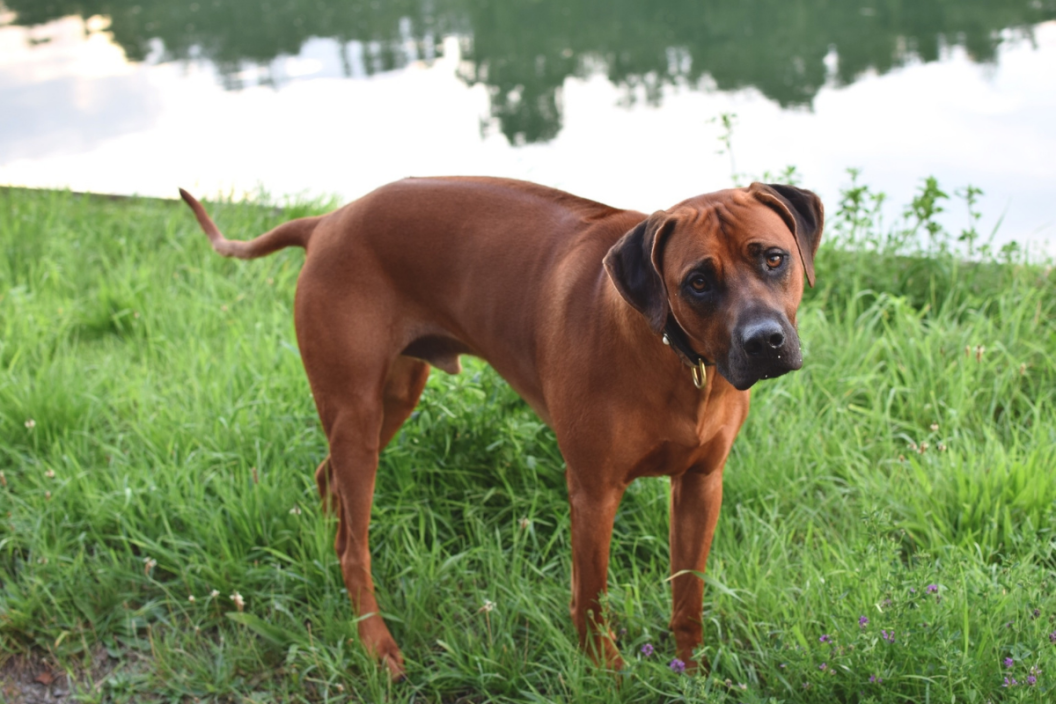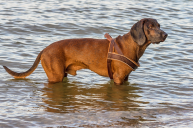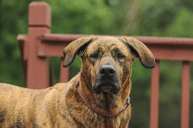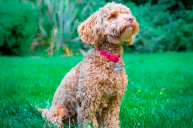Meet the Black Mouth Cur dog!
The title character in Fred Gipson's novel Old Yeller is said to be a black mouth cur dog. These dogs were widely used as all-around working dogs by early American settlers. The black mouth curs moved west with the Americans, serving as a hunting dog, family guardian, and classic Texas hunting dog.
Breed History
https://www.instagram.com/p/CJ1kBR2gO1M/
The black mouth cur originated in the Southern United States. This dog breed is also known as the southern cur, southern black mouth cur, and the yellow black mouth cur. There are several stories about the breed's ancestors, but the most popular is that the breed descended from dogs called Belgian Malinoises brought to southern Mississippi by European settlers. The black mouth curs moved west with the Americans, serving as a hunting dog.
The Southern Black Mouth Cur Breeders Association was formed in 1987 to support the breed, and the United Kennel Club (UKC) recognized the breed in 1998.
Appearance
https://www.instagram.com/p/CH01ku1jS0n/
A purebred black mouth cur dog is a medium-sized, powerful, and agile tree dog. According to the American Kennel Club breed standard, their body should be is either square or slightly longer than tall, tail straight, low-set, and of any length. They have a short coat and the coat color may be all red, yellow, and fawn colors of black, brown, buckskin, or brindle. They are not required to have a black muzzle. Minimal amounts of white are permitted under the chin, around the nose, on the neck, chest, legs, and tip of the tail as long as no more than 10% of the dog's body is white. Males typically weigh between 40 and 95 pounds on average, while females weigh between 35 and 80 pounds. Sometimes this unique breed can be mistaken for a pitbull, mastiff, or terrier mix, but a reputable breeder should provide you with a purebred cur.
Personality
https://www.instagram.com/p/CInp_nXpT4H/
The black mouth cur breed is known for its bravery and refusal to back down from a fight, which helped repel predators of the American south such as wildcats, raccoons, and other animals. With a high prey drive, these scenthounds have maintained this fearlessness into the modern era. Settlers also required an intelligent family dog to assist them in their hunt for food and valuable pelts. They needed a farm dog and a herding dog that would be a loyal and dedicated family companion and a guard dog for their homestead. Due to this, they created the best dog possible for surviving life on the harsh frontier.
All of these characteristics are still present in the modern black mouth cur (BMC). They were also bred to have a high energy level suitable for long days of hard work, so BMC dogs must get plenty of exercise. They are not suited to living in apartments or sitting on a couch all day, so first time owners need to be careful when choosing this breed. A yard to run around in and at least one long walk per day is essential, as anything less can lead to boredom, anxiety, and destructive behavior. A black mouth cur puppy requires a firm trainer who will enforce the rules with positive reinforcement. These puppies won't do well with someone who will raise their voice in anger or frustration.
The black mouth cur is eager to please, but if training sessions are too long or repetitive, they will become bored, and their attention will wander. Training sessions should be brief and focused. The breed can be friendly to other dogs, especially if socialization training is started at a young age. They are also good watchdogs, though they can become territorial and may react aggressively to strangers or other dogs if they believe they or their family members are in danger. Like retrievers, this breed requires human interaction and companionship, and they get along well with families and children. Dog owners with young children should supervise during playtime, since these dogs like to roughhouse and may be unaware that they should be gentler with children.
Health
https://www.instagram.com/p/CItiaQBgiuq/
The black mouth cur is generally thought to be a healthy breed without many health problems. Their lifespan can extend to almost 16 years old with the proper care. However, they are susceptible to certain health problems, such as hip dysplasia, which affects many large dog breeds. It's also critical to look after their ears because they can collect dirt, water, and debris. To avoid ear infection, it is critical to perform thorough ear cleanings regularly. Keep your pet's coat and living area clean to avoid mange, and make sure to have him thoroughly checked over before adoption. During routine vet visits, make sure your vet checks your pooch's eyes and bone health.
Do you love the black mouth cur? Tell us on the Wide Open Pets Facebook page!




